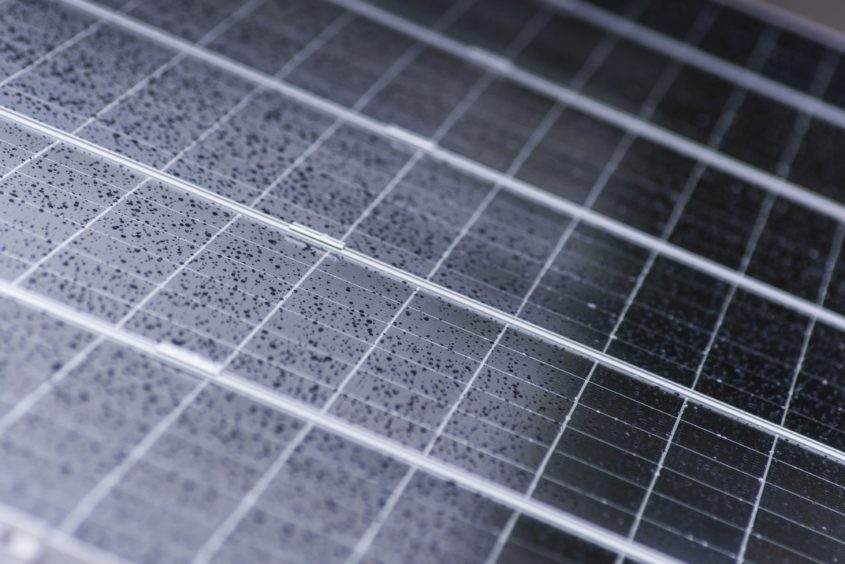
China boosted its budget for renewable power subsidies to 92.36 billion yuan ($13 billion), 7.5% more than it spent last year.
Solar power is the big winner, with incentives set to rise 14% compared to last year’s level, while wind payments will be 3.2% lower, the Ministry of Finance said on its website on Wednesday. The subsidy budget would cover existing projects plus any new developments that meet eligibility criteria.
Solar’s allocation was higher than expected, which is “positive for both the photovoltaic equipment value chain as well as solar farm operators,” said Tony Fei, an analyst at BOCI Research Ltd. in Hong Kong. But “wind farm operators might see a slight marginal decline in subsidies for existing projects.”
Solar projects will get 42.84 billion yuan, while wind will get 35.69 billion. The remainder of the budget is for biomass power and funding to local governments for grid companies.
Applications for new solar power projects that will compete for national subsidies rose 36% to 33.5 gigawatts in 2020, the National Renewable Energy Information Management Center said separately. Last year China decided to subsidize 22.8 gigawatts of the 24.6 that were submitted.
Last year China spent 85.92 billion yuan total on renewable subsidies. The payments are financed by a surcharge on electricity bills.
Even with the increased budget, there won’t be enough money to go around, said Robin Xiao, an analyst at CMB International Securities Ltd.
China has subsidized renewable energy for years, which allowed it to add more capacity than anywhere else in the world. Based on the subsidized tariffs it offered, and the amount of power expected to be produced, the total bill for renewable subsidies should be about 200 billion yuan this year, Xiao said.
Most of China’s renewables are developed by state-owned firms, but that gap between subsidies owed and paid has hurt valuations of companies traded publicly outside mainland China. China Datang Corp. Renewable Power Co. and China Longyuan Power Group Corp. trade below their book value in Hong Kong, in part because they are owed so much by the government, according to Xiao.
The government is also trying to reduce the number of new projects that are eligible for subsidies, as it wants them to be able to compete against dominant coal power on price alone. Subsidies for onshore wind will be phased out after this year, with offshore wind following from 2022.
